Description
The Yellow Tree Monitor, scientifically known as Varanus reisingeri, is a striking species of monitor lizard belonging to the Varanidae family. Native to the Aru Islands in Indonesia, this arboreal reptile is renowned for its vivid coloration and unique adaptations for a life spent predominantly in the trees.
Yellow Tree Monitor Physical Characteristics
- Coloration: The Yellow Tree Monitor is named for its vibrant yellow or golden-yellow coloration, which is adorned with contrasting black spots and bands. This bright coloration can serve as camouflage among the dappled light of the forest canopy and also as a warning to potential predators.
- Size: Adults typically reach a total length of about 70-100 centimeters (27-39 inches), including their long, slender tails, which can be almost twice the length of their bodies.
- Body Structure: Their bodies are elongated and slender, which is ideal for maneuvering through the treetops. They possess sharp claws and a prehensile tail, both of which aid in climbing and maintaining balance in their arboreal habitat.
Habitat and Distribution
- Geographic Range: The Yellow Tree Monitor is endemic to the Aru Islands, a group of islands in eastern Indonesia. These islands provide the perfect environment for this tree-dwelling species.
- Habitat: These monitors inhabit tropical rainforests, where they spend most of their time in the trees. Their arboreal lifestyle is supported by the dense foliage and the complex structure of the forest canopy, which offers ample opportunities for climbing and foraging.
Behavior and Ecology
- Diet: Varanus reisingeri is carnivorous, with a diet that primarily consists of insects, small mammals, birds, and eggs. Their sharp teeth and powerful jaws allow them to capture and consume a variety of prey items.
- Activity: Yellow Tree Monitors are diurnal, meaning they are active during the day. They are known for their agility and speed, which they use to navigate the treetops and escape from predators.
- Reproduction: Little is known about the specific breeding habits of Varanus reisingeri in the wild. However, like other monitors, they are oviparous, laying eggs in secure locations such as tree hollows or burrows.

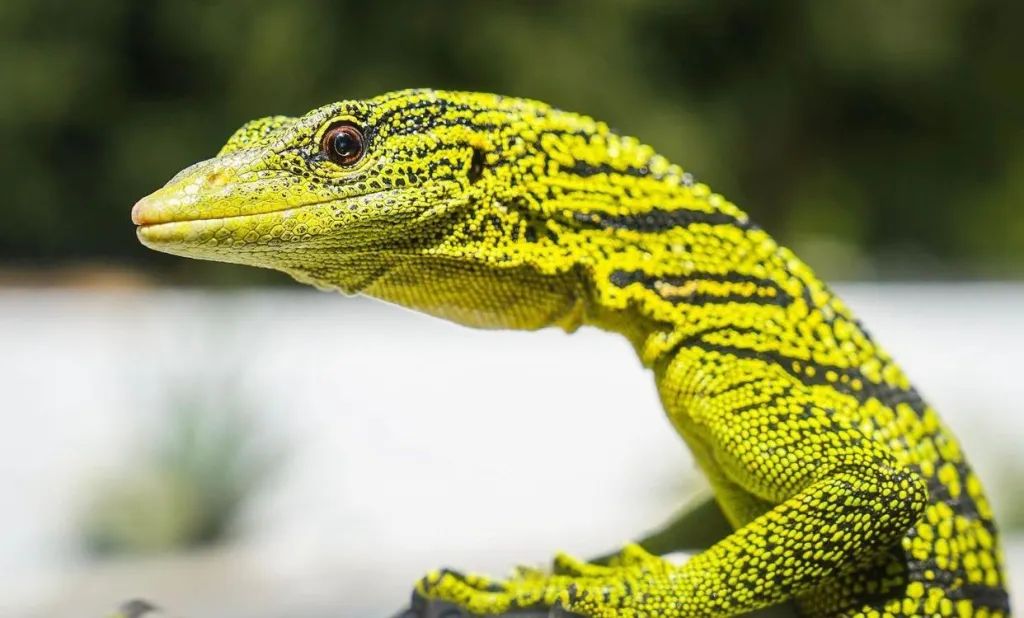
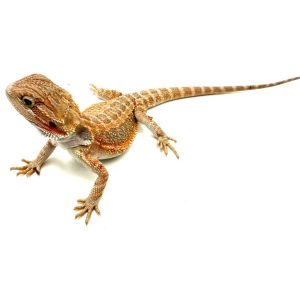
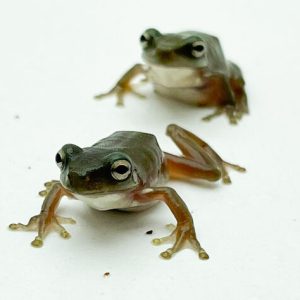




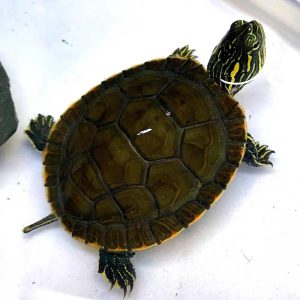




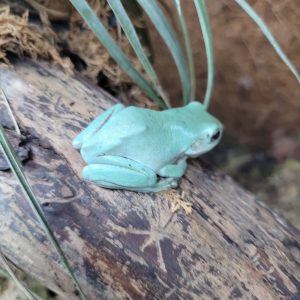
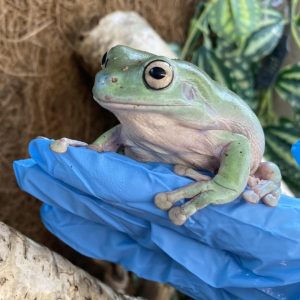

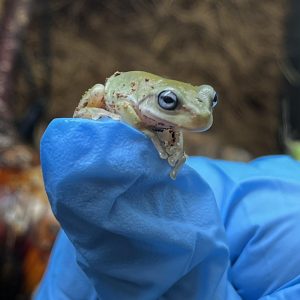
Reviews
There are no reviews yet.